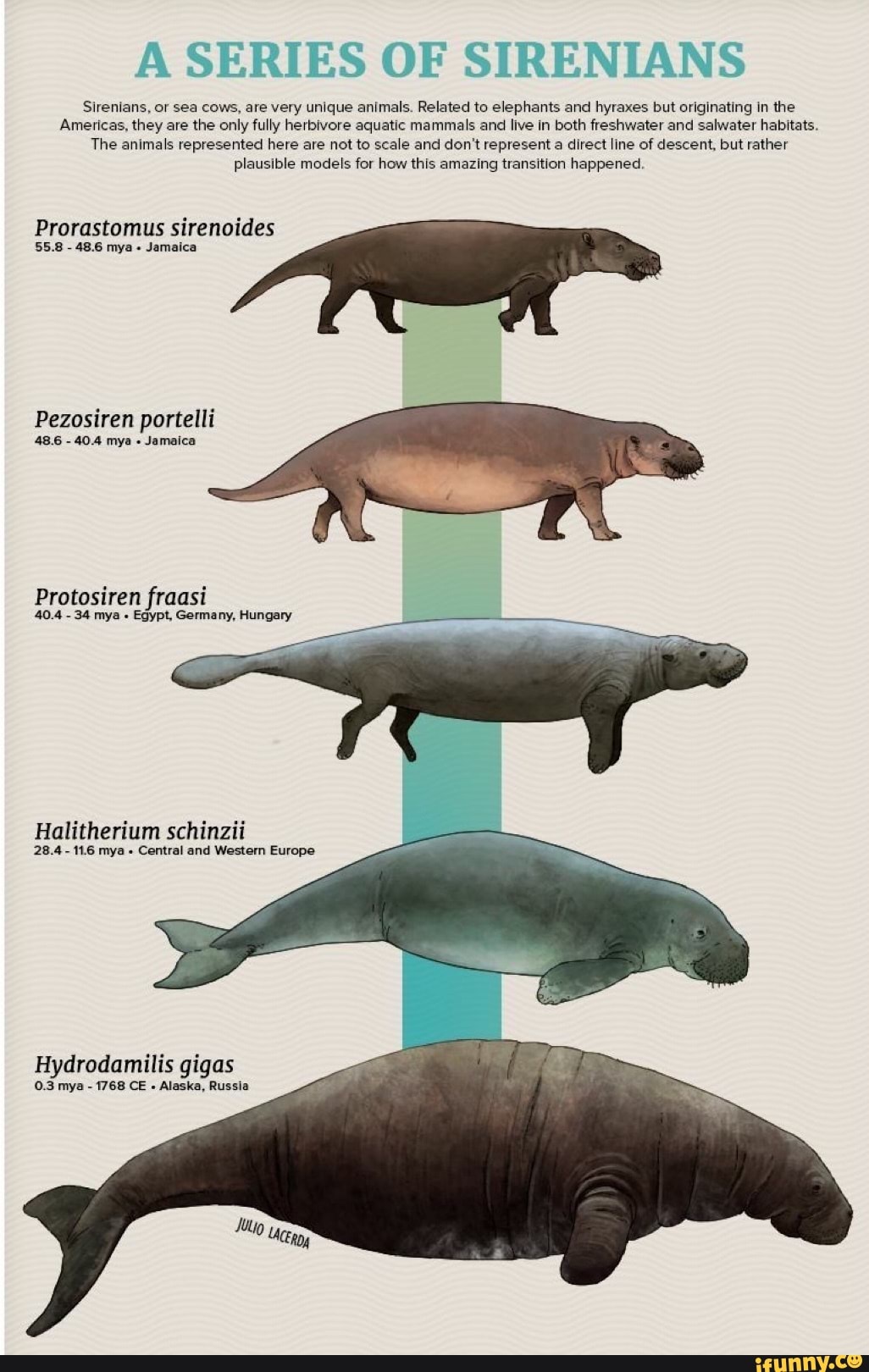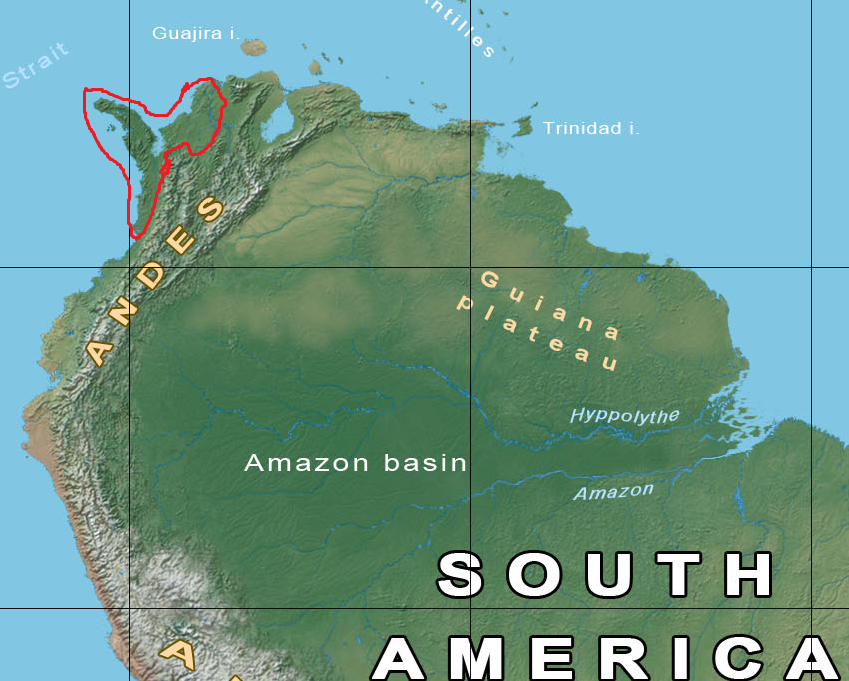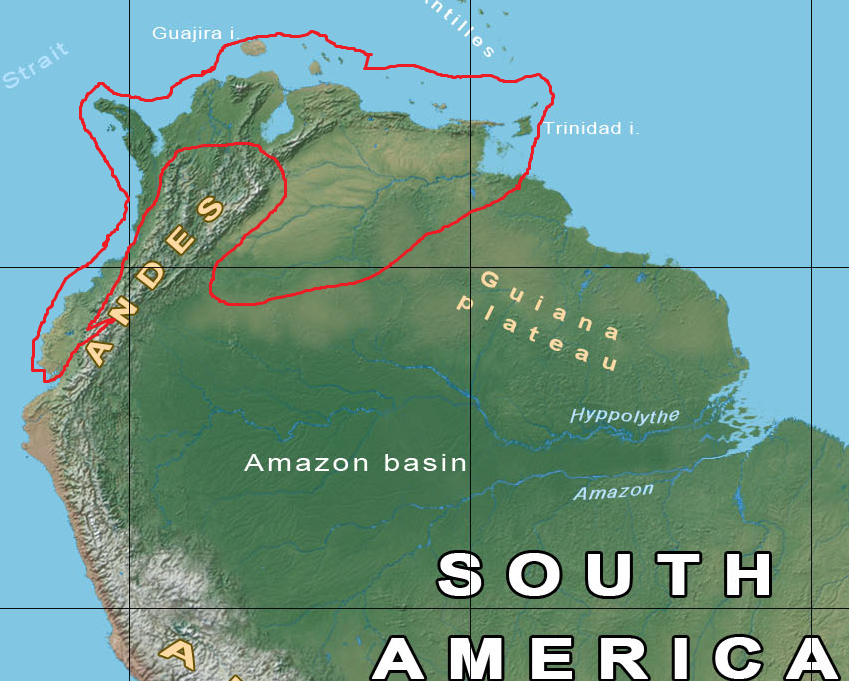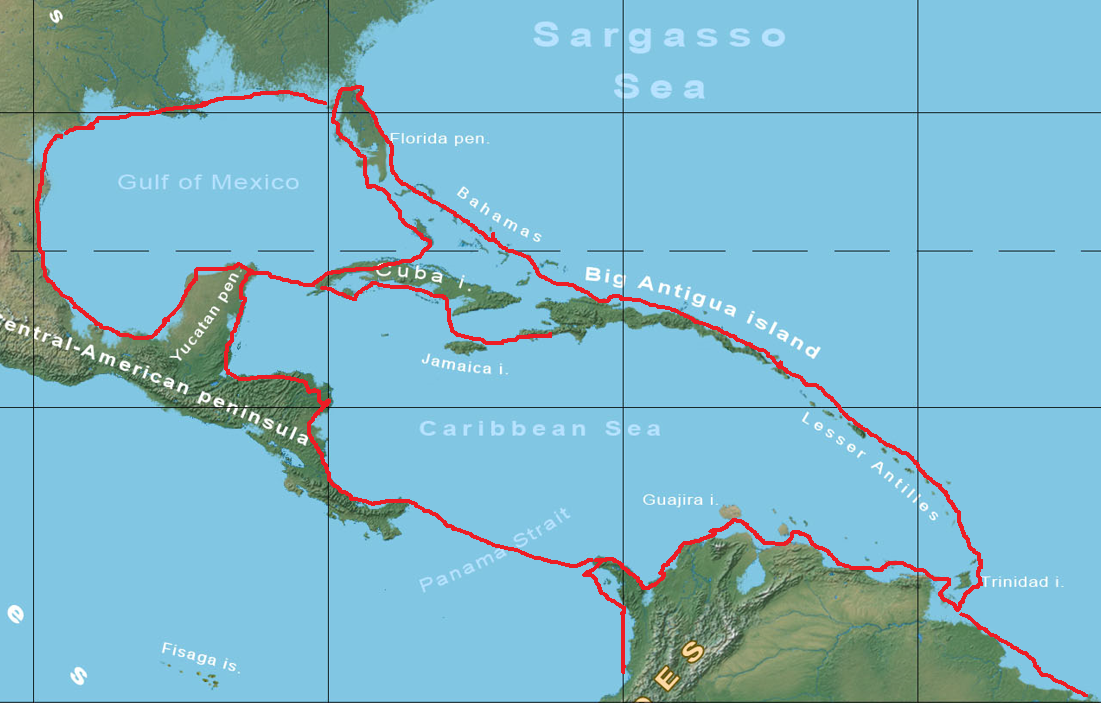Форум » Foreign section » Galliformes and other animals for South America (продолжение) » тема закрыта |
 
|
|
|
| |||||||||||||||||||||||||||||||||||||||||||||||||||||||||||||||||||||||||||||||||||||||||||||||||||||||||||||||||||||||||||||||||||||||||||||||||||||||||||||||||||||||||||||||||||||||||||||||||||||||||||||||||||||||||||||||||||||||||||||||||||||||||||||||||||||||||||||||||||||||||||||||||||||||||||||||||||||||||||||||||||||||||||||||||||||||||||||||||||||||||||||||||||||||||||||||||||||||||||||||||||||||||||||||||||||||||||
Форум » Foreign section » Galliformes and other animals for South America (продолжение) » тема закрыта |
|
|
|
| Все даты в формате GMT
3 час. Хитов сегодня: 185 Права: смайлы да, картинки да, шрифты да, голосования нет аватары да, автозамена ссылок вкл, премодерация откл, правка нет |






 )
) 


